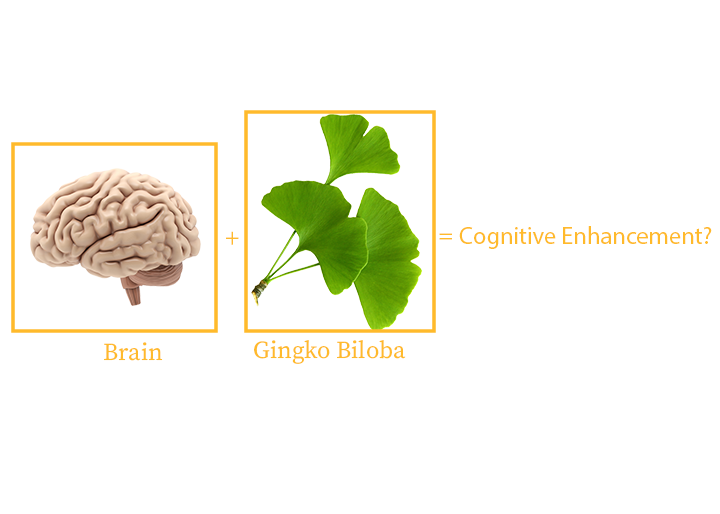In a world where quick-fix medications are often the go-to for many health issues, the ancient wisdom of herbal remedies offers a more harmonious approach to our well-being. The recent episode of “Pathways to Wellness,” sponsored by a brand dedicated to healthier communities through real food, reintroduces us to the natural powers of herbs, as
detailed in Matthew Wood’s “The Earthwise Herbal Volume 1.”
Why Herbs Matter
Herbs are not just a culinary garnish; they’re a consortium of phytochemicals supporting our immune, digestive, and nervous systems. This isn’t just folklore; research in phytotherapy shows that plants such as Chamomile contain compounds that assist with digestion and stress relief [1]. Their use is about a thoughtful blend with modern medicine, not a replacement—but synergistic balance of a holistic and allopathic approach to health.
The Principle of Synergy
Wood’s principle of synergy suggests that a plant’s healing properties arise from the entirety of its parts, not just single compounds [2]. This holistic view, supported by studies on herbal synergism, indicates that the whole plant can offer broader healing effects than isolated extracts [3].To expand on this topic, studies on herbal synergy suggest that the interactions between various compounds within the plants can enhance it’s therapeutic effects. For example, while a single compound might have specific effects when taken alone, when combined with other compounds, plants as a whole can influence multiple biological pathways.
Herbs in Action: Chamomile and Gingko Biloba
Chamomile is more than a tea ingredient; it’s a medicinal herb that aids digestion and soothes the nervous system [4]. Herbalists will commonly use Chamomile to aide with sleep and reduce stress. Topically applied it can help improve skin conditions such as eczema, which is why future formulations that will be sold by Optimumfusion will have this compound. If you have allergies to plants in the daisy family be cautious before using this herb for its medicinal properties.


Similarly, Gingko Biloba, shaped like a brain, is used for cognitive enhancement, a use supported by research into its memory-boosting properties [5]. In modern times we rarely use the plants shape to determine its medicinal uses but in ancient times tactics such as these were used by healers. To elaborate on its cognitive enhancements, research’s found that Ginkgo’s high antioxidant content could help neutralize free radicals and also help improve blood circulation through the dilation of blood vessels. As a result of these benefits , Ginkgo may also be used to treat Glaucoma.


Incorporating Herbal Wisdom
Before you begin, remember, it’s crucial to consult with a healthcare professional, as herbs can interact with medications [6]. Therefore, start by educating yourself on the herbs that align with your health needs. It’s not about a one-size-fits-all, but rather creating a personal balance.
The Takeaway
As we delve deeper into specific herbs in future “Pathways t Wellness” episodes, we’re reminded of the diversity and richness of the herbal world. They’re not just tools but allies in our journey towards wellness, offering a glimpse into the healing power of nature and our body’s inherent wisdom.
References:
1. Srivastava, J. K., Shankar, E., & Gupta, S. (2010). Chamomile: A herbal medicine of the past with a bright future (Review). Molecular Medicine Reports, 3(6), 895–901.
2. Williamson, E. M. (2001). Synergy and other interactions in phytomedicines. Phytomedicine, 8(5), 401–409.
3. Wagner, H., & Ulrich-Merzenich, G. (2009). Synergy research: Approaching a new generation of phytopharmaceuticals. Phytomedicine, 16(2-3), 97–110.
4. Srivastava, J. K., et al. (2009).
5. Ramassamy, C. (2006). Emerging role of polyphenolic compounds in the treatment of neurodegenerative diseases: A review of their intracellular targets. European Journal of Pharmacology, 545(1), 51–64.
6. Tachjian, A., Maria, V., & Jahangir, A. (2010). Use of herbal products and potential interactions in patients with cardiovascular diseases. Journal of the American College of Cardiology, 55(6), 515–525.

